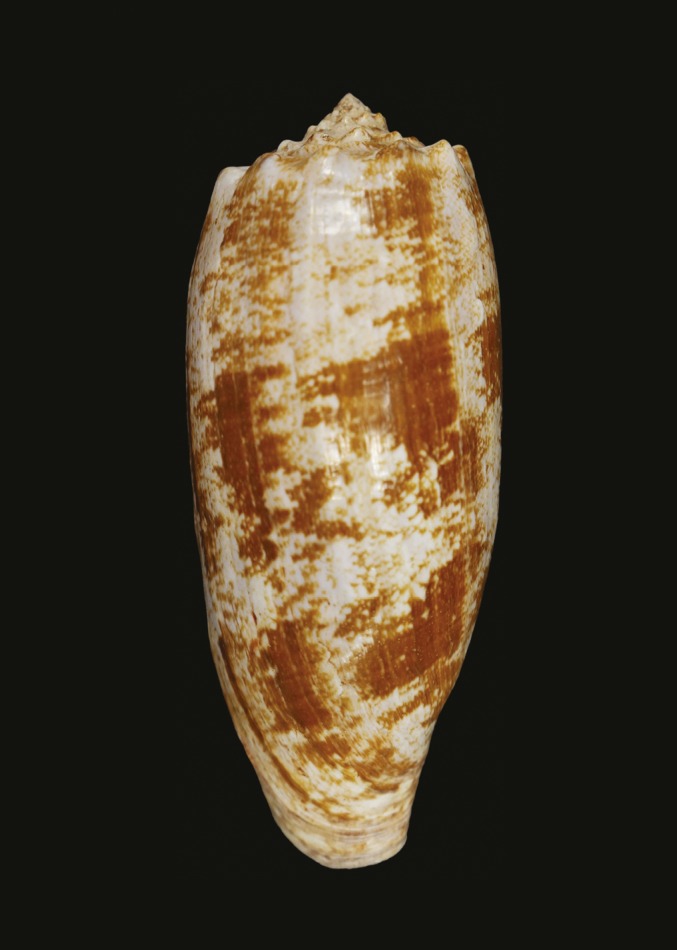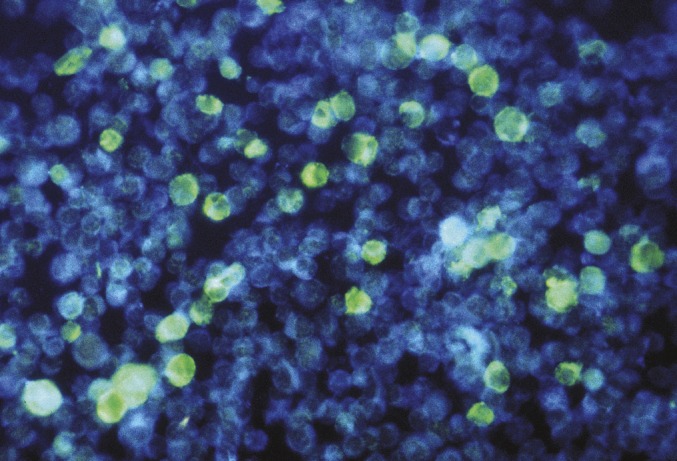Simplifying energy storage through reversible catalysis
Hydrogenation and dehydrogenation reactions represent potentially efficient and affordable means to store and reclaim hydrogen as an energy carrier. However, at present, this approach remains impracticable because the known catalysts and conditions for the two reactions differ substantially. Peter Bonitatibus Jr. et al. (pp. 1687–1692) report that organometallic complexes of iron and iridium can act as single, reversible catalysts for dehydrogenating alcohols to carbonyl compounds using pathways that either liberate diatomic hydrogen or generate protons and electrons, respectively. These pathways, the authors report, address the two principal strategies for obtaining chemical energy from liquid organic hydrogen carriers, attractive hydrogen storage media due to their relatively high hydrogen content and ability to be distributed along the existing liquid fuel infrastructure. Cost-effective hydrogenation and dehydrogenation reactions can help address the increasing need for energy storage driven by efforts to exploit intermittent renewable energy sources such as wind and solar power, which are subject to the natural fluctuations of the systems they exploit. As such, the findings open avenues for developing catalysts that directly and reversibly use organic fuels, according to the authors. — T.J.
Biocontainment of engineered organisms
Engineered organisms subject to intellectual property protection may require biocontainment to prevent accidental release. Yizhi Cai et al. (pp. 1803–1808) demonstrate biocontainment of the yeast Saccharomyces cerevisiae by using the presence of small molecules to control essential gene function. The authors used estradiol and galactose as safeguard switch molecules to control two yeast histone genes, and created yeast strains that would only express the genes and/or maintain the genes in the chromosome in the presence of the safeguard molecules. Without either type of safeguard switch in operation, the authors report, the yeast would not survive. By targeting two essential genes with two types of safeguard switches, the authors developed a redundant biocontainment system. Each safeguard separately produced escapers, individuals that grow without safeguards, at a rate of approximately one in 1 million; but combining the two safeguards may produce favorable escape rates around one in 1012. The results suggest that molecular safeguards targeting critical genes in engineered organisms may enable the formulation of specialized growth media outside of which engineered organisms would not be able to propagate, according to the authors. — P.G.
Venomous cone snails may use insulin to net prey

Conus geographus shell. Image courtesy of Jason Biggs and Baldomero Olivera.
Some fish-hunting cone snails are thought to use an elaborate strategy to entrap schools of small fish, stalking the fish and releasing potent venom evocatively named “nirvana cabal” into the water. As the venom retards the movement of the fish and disorients them, the snails engulf their quarry with distended false mouths. Most known snail venoms are composed of neurotoxins, but Helena Safavi-Hemami et al. (pp. 1743–1748) identified abundant amounts of a specialized form of insulin called Con-Ins G1—chemically similar to fish insulin but bearing biochemical hallmarks of snail neurotoxins—in the venom gland of the cone snail Conus geographus. The authors found that a synthetic form of the snail insulin not only lowered blood glucose levels in adult zebrafish that had been experimentally rendered hyperglycemic but also reduced the movements of fish larvae observed in a water column into which the insulin was added. The authors suggest that Con-Ins G1 and its variants might form a part of the nirvana cabal, enabling predatory cone snails to net prey by causing entire schools of swimming fish to slow down due to hypoglycemia. Other venomous predators, such as the Gila monster, are known to deploy mechanisms targeting glucose metabolism of prey, but the study uncovers a previously unreported role for insulin in prey capture, according to the authors. — P.N.
Identifying viral microRNA function

Cells infected with EBV (stained light green). Image courtesy of the CDC.
Many viruses encode microRNAs, but the functions of these regulatory RNAs remain largely unknown. Most known viral microRNAs are found in herpesviruses, such as Epstein-Barr virus (EBV), which is commonly associated with human lymphocyte and solid tissue cancers. To investigate whether viral microRNAs play a role in virus-associated pathogenicity, Jennifer Cox et al. (pp. 1856–1861) screened more than 70 viral microRNAs. In contrast to previous approaches that examined microRNA binding sites, the authors screened for microRNAs that displayed a particular function—the ability to inhibit interferon signaling, which has been implicated in the resistance of EBV to interferon-based treatments. The authors identified microRNAs from four different herpesviruses, including EBV, which inhibited interferon signaling. The authors concluded that the similarity of viral microRNA activities from distantly related herpesviruses demonstrates convergent evolution. Blocking a viral microRNA in an EBV-positive tumor cell line in vitro also decreased cell resistance to interferon exposure, pointing to a potential target for treating latent EBV infection and demonstrating the effectiveness of screening microRNAs for function rather than binding site preference. — J.P.J.
Cancer stem cells and relapse
Current cancer treatments induce cancer regression in some patients, but initial responses are often followed by relapse. One potential strategy for avoiding relapse involves targeting cancer stem cells, thought to be responsible for malignant growth, relapse, metastasis, and resistance to conventional treatments. Youzhi Li et al. (pp. 1839–1844) report that cancer relapse and metastasis were blocked in mice by a small molecule called BBI608, which is under clinical development as a cancer stem cell inhibitor. Cancer stem cells treated with BBI608 showed a decrease in the expression of stemness-related genes implicated in the proliferation and self-renewal of these highly malignant cells, but treatment with chemotherapeutic agents, such as gemcitabine, increased the expression of most of these genes, compared with treatment with an ineffective control. In a mouse model of pancreatic cancer, gemcitabine treatment caused a threefold increase in the cancer stem cell population in tumors, whereas BBI608 treatment decreased the cancer stem cell population by fivefold, compared with control treatment. Moreover, tumors in mice with pancreatic cancer relapsed after the cessation of gemcitabine treatment, but no tumor regrowth occurred after BBI608 treatment ended. According to the authors, targeting cancer cell stemness could form the basis of next generation cancer treatments. — J.W.
Profiling fetal T-cell populations
The population of γδ T cells in adult immune systems is dominated by the Vγ9Vδ2 subset specialized for response to microbial metabolites called phosphoantigens. Although the dominance of Vγ9Vδ2 T cells has been attributed to postnatal selection of T cells in response to microbial exposure, Tanya Dimova et al. (pp. E556–E565) found that Vγ9Vδ2 T cells are also predominant in midgestational fetal blood. The authors collected blood samples from 87 fetuses with gestational ages ranging from 19 to 41 weeks. Overall T-cell count in fetal blood steadily increased with gestational age, with Vγ9Vδ2 T cells comprising around 80% of γδ T cells at 20 weeks and declining to approximately 15–20% by full term when Vδ1 T cells formed the predominant population. The authors found that fetal Vγ9Vδ2 T cells were phosphoantigen-responsive and were functionally preprogrammed with rapidly activatable T-cell properties. Further, the T-cell genomes showed little diversity in the complementarity-determining region 3 of the gene for the Vγ9 chain, which contained a sequence prevalent in adult T-cell genomes as well as in fetal liver. The results suggest that Vγ9Vδ2 T cells may fulfill various roles during fetal development, including serving as effector T cells before the development of a conventional effector T-cell system, according to the authors. — P.G.


